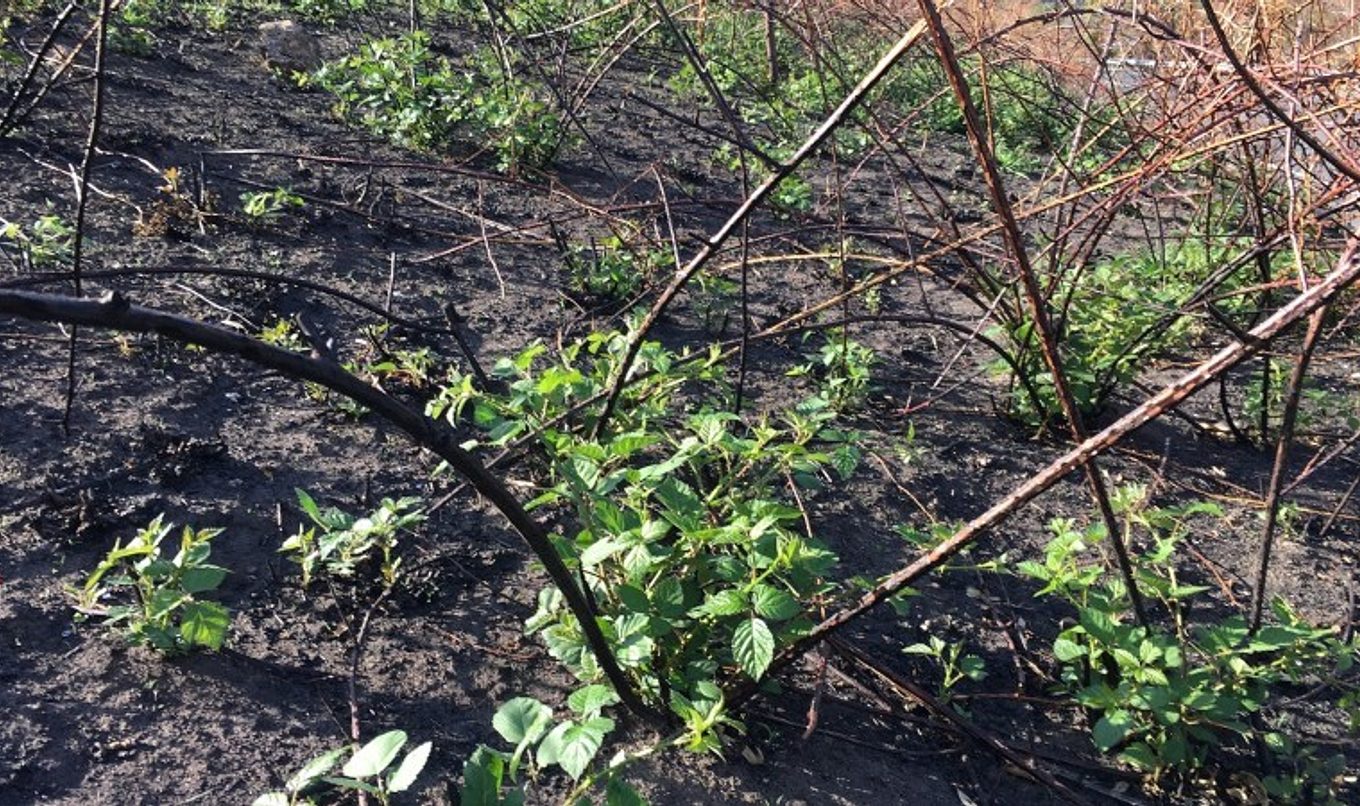Post-fire an opportunity for easier woody weed control
Controlling weeds can seem overwhelming, particularly if you have large infestations in tricky areas to access. Added to the sense of difficulty is often a lack of know how.

However, in some areas affected by the Cudlee Creek fire, much of the weed biomass has been burnt away. This means that if done soon, control can be done more quickly with less effort and cost than usual. An added benefit is less herbicide spray needs to be used.
Controlling woody weeds post fire will give your pasture and your native vegetation the best possible chance to recover, eliminating competition and opening up the space to allow in moisture and light.
Many woody weeds re-sprout after fire, and these young growing shoots are an ideal target for control, if timing is done correctly. The freshly growing canes of blackberry, for example, are ready to spray when they reach about 70cm in length. This amount of growth allows enough herbicide to be translocated to the roots to kill the whole plant (spraying shorter shoot lengths will probably not provide adequate control).
Any woody weed control is most effective if continued for at least 3-5 years. This will ensure that your efforts continue to pay off. This is also a great time to talk to your neighbours around working together and supporting each other to control woody weeds.
Other woody weeds found in the Adelaide Hills which can be tackled now include African boxthorn, Broom (English and Cape), Gorse, Hawthorn, Olive and Willow. These weeds are serious pests, outcompeting native pasture grasses and vegetation, colonising creek lines, and degrading natural habitat.
Detailed information on control methods can be found on the Natural Resources Adelaide and Mt Lofty Ranges webpage.
Grants are now available for landholders in the Cudlee Creek fire scar to help control pest plants and animals.

